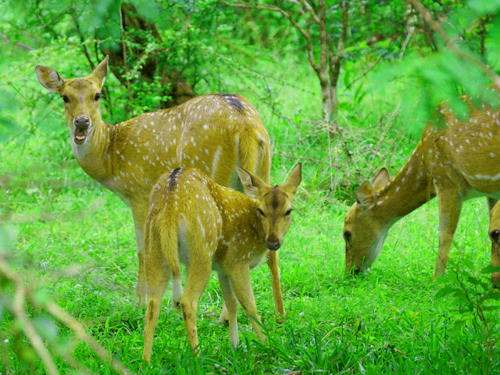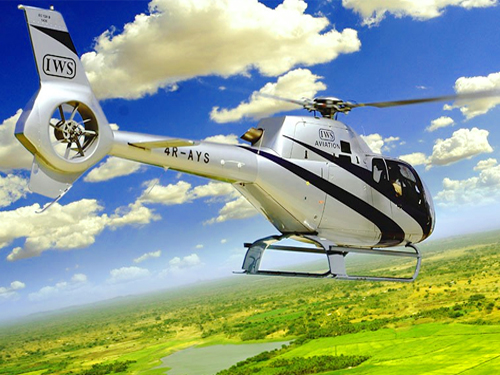General Information of Sperm Whales
- Kingdom : Animalia
- Class : Mammalia
- Order : Cetacea
- Family : Physeteridae
- Genus : Physeter
- Species : P. macrocephalus
- Niche : Predatory whale
- Length : 52 ft (16 m)
- Weight : 60 tons (57 000 kg)
- Lifespan : 60-70 years
- Social Structure : Pods up to 50
- Conservation Status : Vulnerable
- Average number of offspring : 1
- Main food item :Squid, fish
- Main predators : Humans, Orca
Sperm whale ( phytodon), also known cachalot is the largest of the -toothed whales. Its large square head and narrower lower jaw make it easy to recognize. The sperm is dark brownish or brownish with white spots on its belly. It is thickset with small paddle-like flippers on the back and a series rounded humps. males can reach maximum length of approximately 24 metres (78.7feet) and weight up to 50 metric tonnes (55.1 tons). Females are usually smaller and weigh less than 25 metric tonnes (27.6 tonnes).
Sperm whales can dive to depths of 350 metres (1,150ft) and have been found in cables over 1,000 metres (3,280ft) below the surface. Sperm whales can dive for up to an hour and then return to the surface for about 10 minutes. They also breathe approximately once every 10 seconds. They can cruise at 4 knots (7.4 km/hr or 4.6 mph), and can swim at speeds up to 20 knots (37.5 km/hr or 23 mph).
Sperm whales are found in large pods up to 50 people and can be found throughout the oceans. While adult males are more common at higher latitudes than sperm whales, most sperm whales live in temperate or tropical seas. The Meditteranean is home to sperm whales. They are not found in the Black Sea, but it is possible to find them in the Red Sea. Sperm whales spend the majority of their time in offshore, deep waters. This allows them to search for their prey, which is only found at great depths and not in coastal waters.
Predator nature is a hallmark of the sperm whale. The sperm whale dives to great depths, reaching 3 280 feet (1 000 m), in search of prey like giant squid or colossal. During hunts, sperm Whales can live for up to 90 minutes without any air. They also eat fish and smaller, medium-sized cephalopods. Because of their large size, they need a lot of food to survive. Adult sperm whales can eat approximately 1 ton (907 kilograms) of squid or fish each day. Sometimes, sperm-whale species like the megamouth shark have been attacked by sperm whales. Sperm whales hunt in deep waters, using echolocation to find their prey. This sense is also used by bats and dolphins.
Sperm whales, a large species, have very few predators other than humans. Even though young whales are large, they are vulnerable to Orcas attacks. Orcas may relentlessly tire a migrating mother or calf and eventually take over the entire group.
A single calf is born to a female once every 4-20years. They can still produce many young throughout their lives, despite having a life expectancy of 70 years. All young are approximately 12-14 feet (3.7-4.3m) long and weigh around 1 ton (2200 kg). Young whales quickly grow and reach sexual maturity at around 36 feet (11 meters) in length. Males reach sexual maturity closer to 50 feet (15 meters).
Sperm whales are extremely social and form groups of about 100 individuals roughly according to their age and gender. Loose family groups with 30 or more animals are also common. Groups are often made up of "nursery schools", which can be either juveniles or adult females. These groups are not the same as bachelor bulls. The breeding season is when older males will be alone. They make clicking noises for echolocation but can also make a variety of sounds like whistles and whistles. A whale's "coda" is a repetitive, stereotypical series of 3-40 clicks that they make when they encounter another whale. Sperm whales are very deep divers and can remain underwater for up to 20 minutes. They usually breathe between 20 and 70 times before coming up to the surface again. In search of food, sperm whales typically dive between 300 and 800 meters (980 to 2,620 feet) and sometimes up to 1 to 2 km (3,300 to 6,600ft). These dives may last up to an hour. Echolocation is their method of hunting. Their clicks are some of the strongest sounds in the animal kingdom. It has been suggested that their clicks can stun prey.
The Sperm whale is one of the most stable whale species on Earth. It may even have more than a million. The Sperm whale is the only great species of whale that isn't endangered. The best places to see this amazing ocean giant are Kalpitiya and Mirissa.

 Safe Travels
Safe Travels Français
Français Deutsch
Deutsch עִברִית
עִברִית Italiano
Italiano Nederlands
Nederlands Polski
Polski Pусский
Pусский Español
Español






































